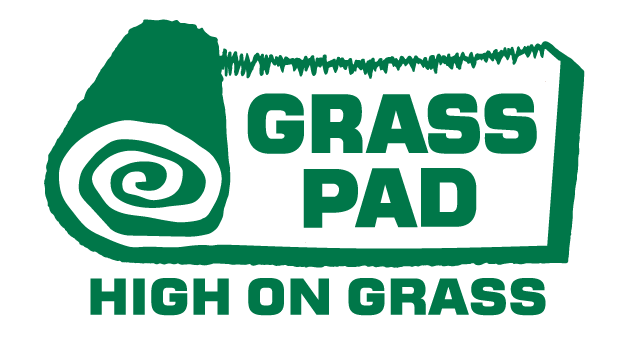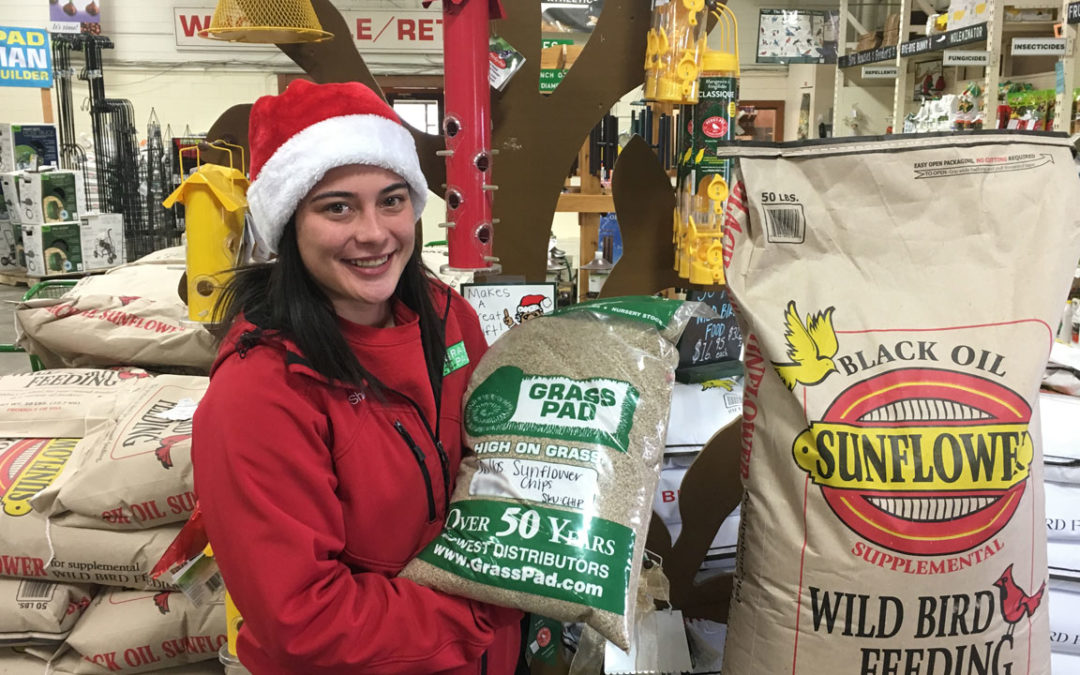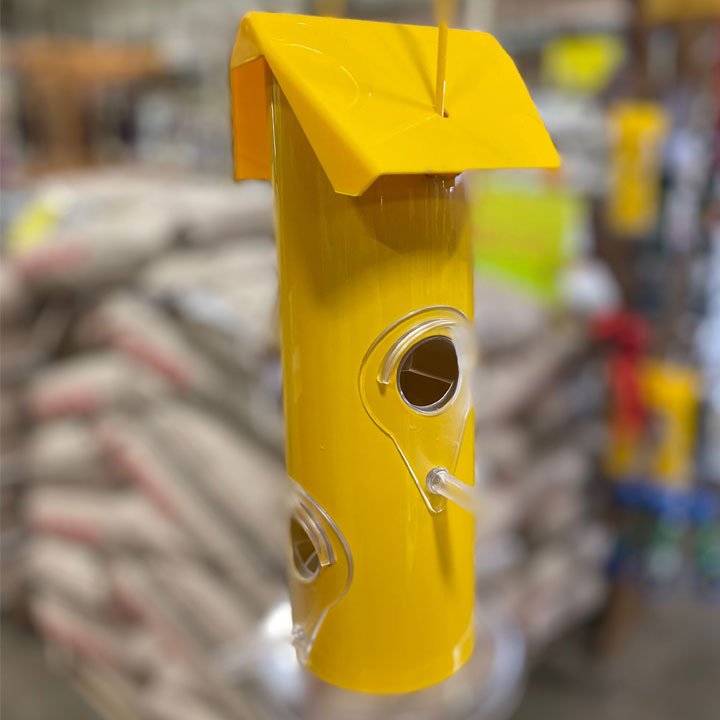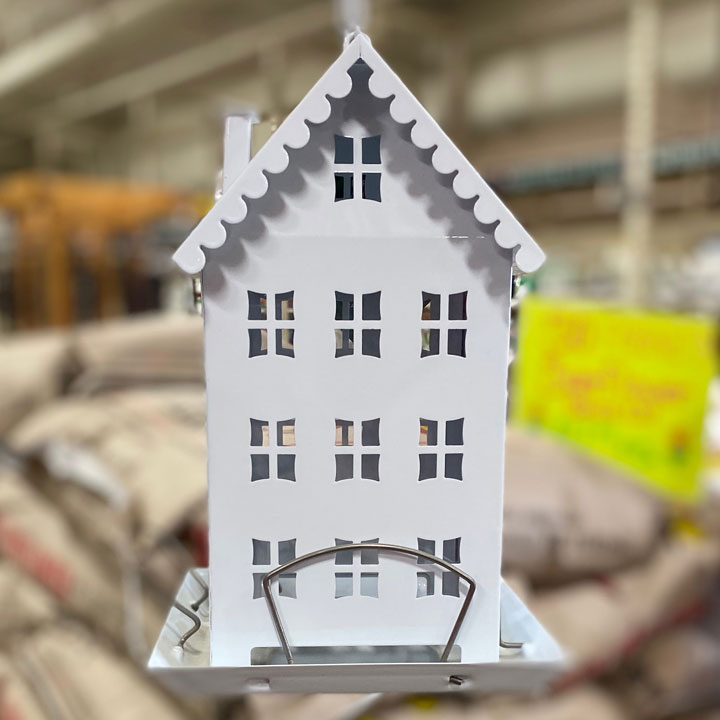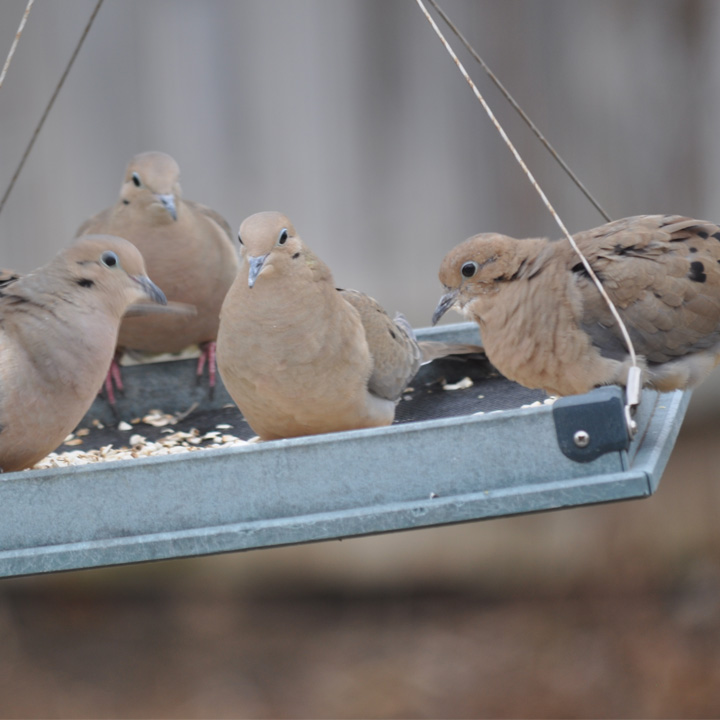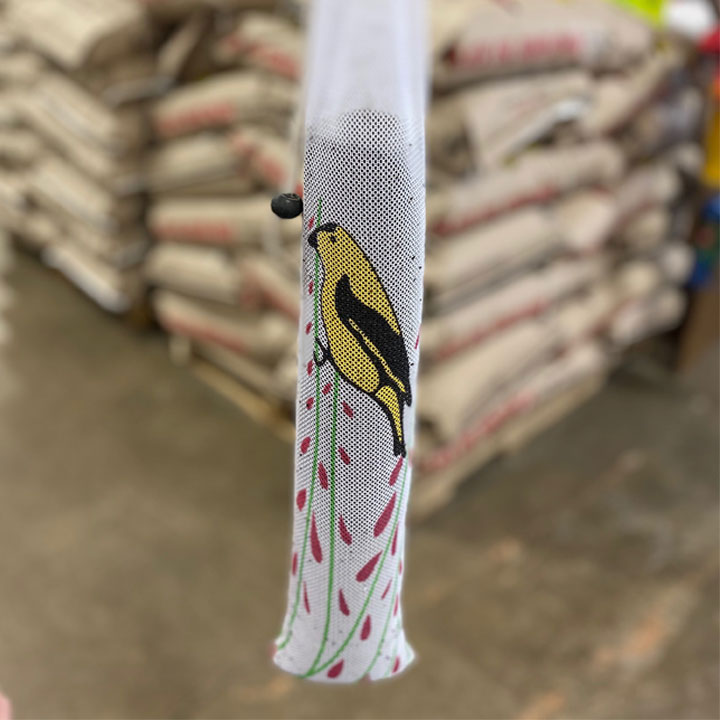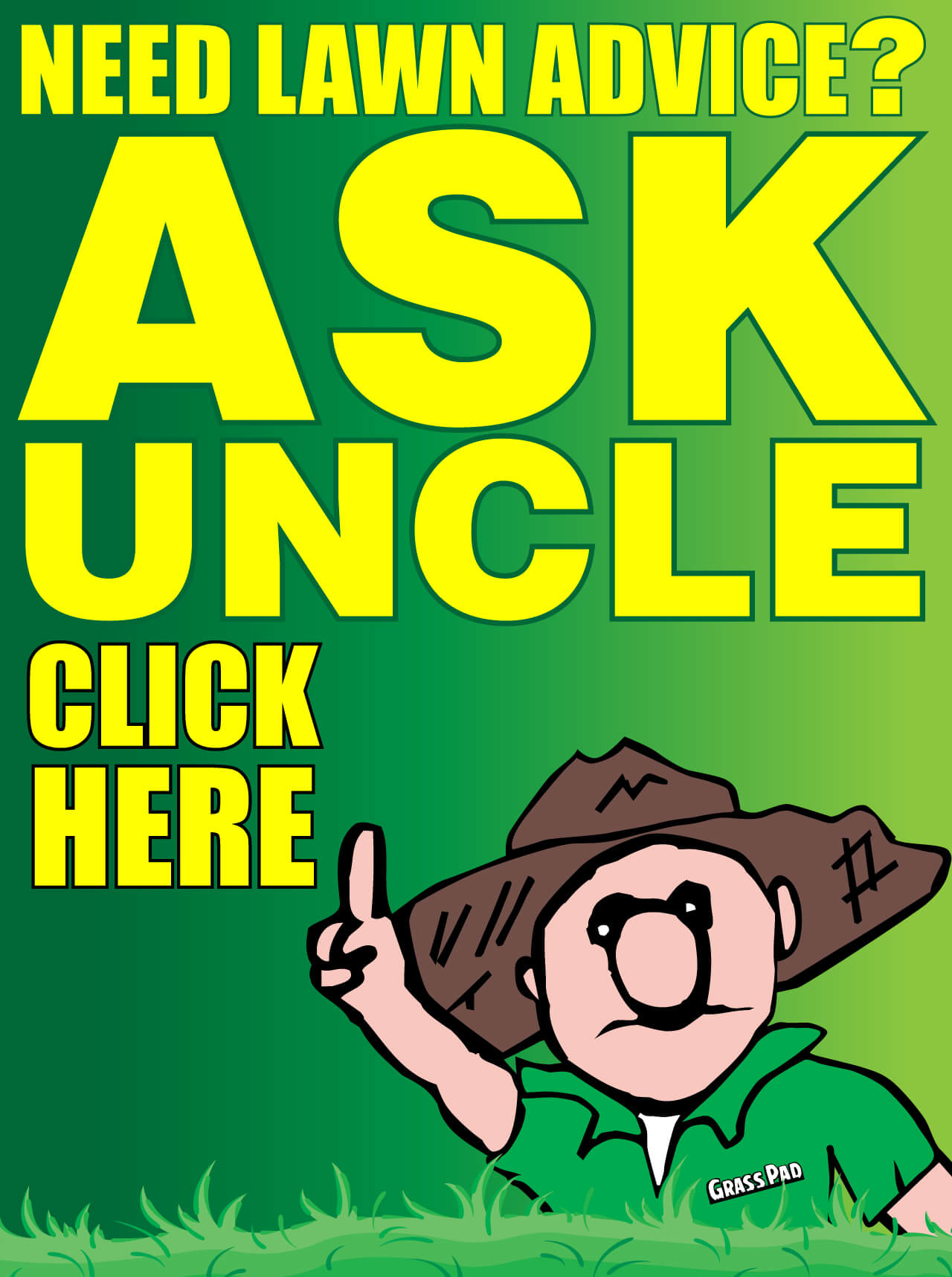How Do I Pick a Bird Feeder and Bird Seed?
What could be more relaxing than enjoying a cup of coffee at the kitchen table while watching birds jockey for spots at the feeder on your porch? As temperatures drop, our winged friends who didn’t make the trip south for the season certainly appreciate filled bird feeders as a welcome break from foraging. The seed you provide helps birds stay energized and warm through the cold and helps them start the spring off healthy.
Picking out the right bird seed and bird feeder depends on what types of birds you have in your area and which birds you’d like to attract. Providing the appropriate foods year round will attract more birds to your yard and help ensure they have a safe and nutritious diet. Refill feeders regularly with food desired by birds in your areas.
Use the guides below to learn about what kind of bird feeder you’ll need and what kind of bird seed you’ll need.
Birding and gardening are amazingly similar. Both involve observing colors and habits, watering and feeding, enjoying nature and deterring pesky intruders. Like gardening, birding is an activity for all seasons, offering year-round enjoyment for all ages and all levels of interest. So when you’re planning your garden, think about the birds too. You can incorporate feeding areas, feeders and birdbaths into your design and create a true backyard habitat.
What Kind of Bird Feeder Do I Need?
Tube Feeders
- Good for most types of birds: chickadees, nuthatches, goldfinches, house finches, downy woodpeckers and cardinals.
- Easy to hang and fill.
- Birds like them because they’re easy to eat from.
- Are available in a wide range of prices and qualities. Better ones have metal feeding ports to prevent squirrel damage.
- Available in various sizes and for various types of seed, from large sunflowers to tiny Nyjer.
Hopper Feeders
- Hopper feeders work well for most small birds, as well as for attracting larger birds, such as woodpeckers, blue jays and grosbeaks.
- It’s a classic box-shaped feeder.
- Hopper feeders can be mounted on a pole or hung from a wire or chain.
- It can be more difficult to keep the hopper-style feeder free from squirrels.
Platform Feeders
- They’re designed for ground-feeding birds, such as juncos, sparrows, doves, grouse, and pheasants – birds that don’t like to perch on tubes or hoppers.
- These are also known as tray feeders.
- A drawback: Seed isn’t protected from the weather or other animals, so platform feeders require more regular filling and maintenance.
Suet Feeders
- Suet feeders are sources of fat for insect-eating birds, such as woodpeckers, nuthatches and mockingbirds.
- You’ll find them typically as a wire or mesh cage.
Thistle Socks
- They’re a favorite feeder for goldfinches and chickadees.
- Thistle socks are made of nylon mesh, from which birds cling as tiny Nyjer seeds slip through.
Nectar Feeders
- Such feeders primarily attract hummingbirds and orioles.
- Nectar feeders have narrow tubes that mimic flowers like honeysuckle.
- Orioles are attracted to orange feeders, while hummingbirds are lured by red feeders.
Uncle’s Tip – Water for the Birds
While providing food for the birds during harsh winter months, don’t forget about the water! Birds use water to bathe, to drink, and as a social gathering place. It’s an important part of their life, so having a bird bath nearby will help attract more birds to the lawn. Worried about the bath freezing during the winter? Ask our staff about bird bath heaters the next time you come in!
What Type of Bird Seed Should I Use?
It’s important to have a basic understanding so you can choose the correct feeder style and mix of seed for the birds in your area. This information is general and it’s always best to talk to one of our bird seed experts at the Grass Pad before purchasing seed, houses and feeders.
Sunflower
- Birds that like sunflower include: cardinals, nuthatches, chickadees, finches, grosbeaks, flickers, jays, titmice and doves.
- There are several types available, including black oil, striped and chips.
- Black oil seeds are the most popular of all bird seeds.
- Striped seeds are what humans eat; they have a thicker shell than black oil sunflowers.
- Most birds will eat them.
- Sunflowers chips are more expensive, but they’ll attract birds whose beaks aren’t strong enough to crack open a sunflower hull.
Suet
- Birds that like suet: nuthatches, woodpeckers, wrens, warblers, mockingbirds and blue jays.
- Suet is rendered beef fat that provides the type of nutrition birds get from eating insects.
- It’s most often put out for birds when the weather turns cold, and insects are more difficult to find.
- In cold weather, the suet won’t turn rancid as it will when it’s warmer than 70°F.
Nyjer®
- Birds that like Nyjer: goldfinches, purple finches, house finches, pine siskins, doves, juncos and sparrows.
- Nyjer is the name trademarked by the wild bird feeding Industry for the tiny black imported birdseed loved by finches.
- It’s 40% oil, which is an essential source of energy for the birds that eat it.
Safflower
- Birds that like safflower: Cardinals, chickadees, grosbeaks, titmice, and nuthatches.
- High in fat, oil and protein, safflower seeds are a favorite of numerous wild birds.
- It’s especially attractive to cardinals.
- It’s an expensive seed, so it’s most often found in high-end mixes.
- A benefit of safflower is that some “feeder hogs,” such as starlings and grackles, don’t like safflower’s bitter taste.
- Squirrels don’t like them as much as other seeds.
Peanuts
- Birds that like peanuts: woodpeckers, blue jays, crows, titmice, chickadees and nuthatches.
- Peanuts are a favorite treat of many birds, especially jays.
- Even tiny birds will hunt for small peanuts they can fly away with.
- Use a platform feeder or special peanut feeder.
Wild Bird Seed Mix
- Wild Bird seed mix is a convenient way to put out a buffet for everyone.
- Tubes and hoppers are the easiest feeders to use for seed mixes.
FAQs
Q. Aside from feeding birds for our benefit, is it necessary to feed them?
A. Birds can care for themselves, but because we have encroached their habitats, there often aren’t as many sources of food in the wild for which to forage. Also, those sources tend to become scarcer near the end of winter.
Q. Can birds become dependent on feeders?
A. Birds may become accustomed to finding food in your yard, but they forage for food in numerous places, so if your feeder is empty, they’ll look elsewhere. However, during extreme winter weather, birds may have a difficult time finding natural food sources, so your feeder can be important to their survival.
Q. How can I attract small birds without attracting large flocks of annoying birds, such as pigeons and grackles?
A. Use small tube feeders that are difficult for large birds to feed from. Don’t use platform feeders, and don’t spread food on the ground. Avoid food such as peanuts, cracked corn and sunflowers that attract larger birds. Stick with Nyjer and hulled sunflowers.
Q. How do I keep squirrels out of my bird feeders?
A. Try hanging feeders from monofilament fishing line. Hang them as far from trees as possible, so squirrels can’t leap to the feeder. You might also provide a separate feeding area for squirrels.
Q. Where should I put my bird feeder?
A. Birds like protection from predators, so your feeders should be relatively close to trees and shrubbery, where they can hide and nest.
